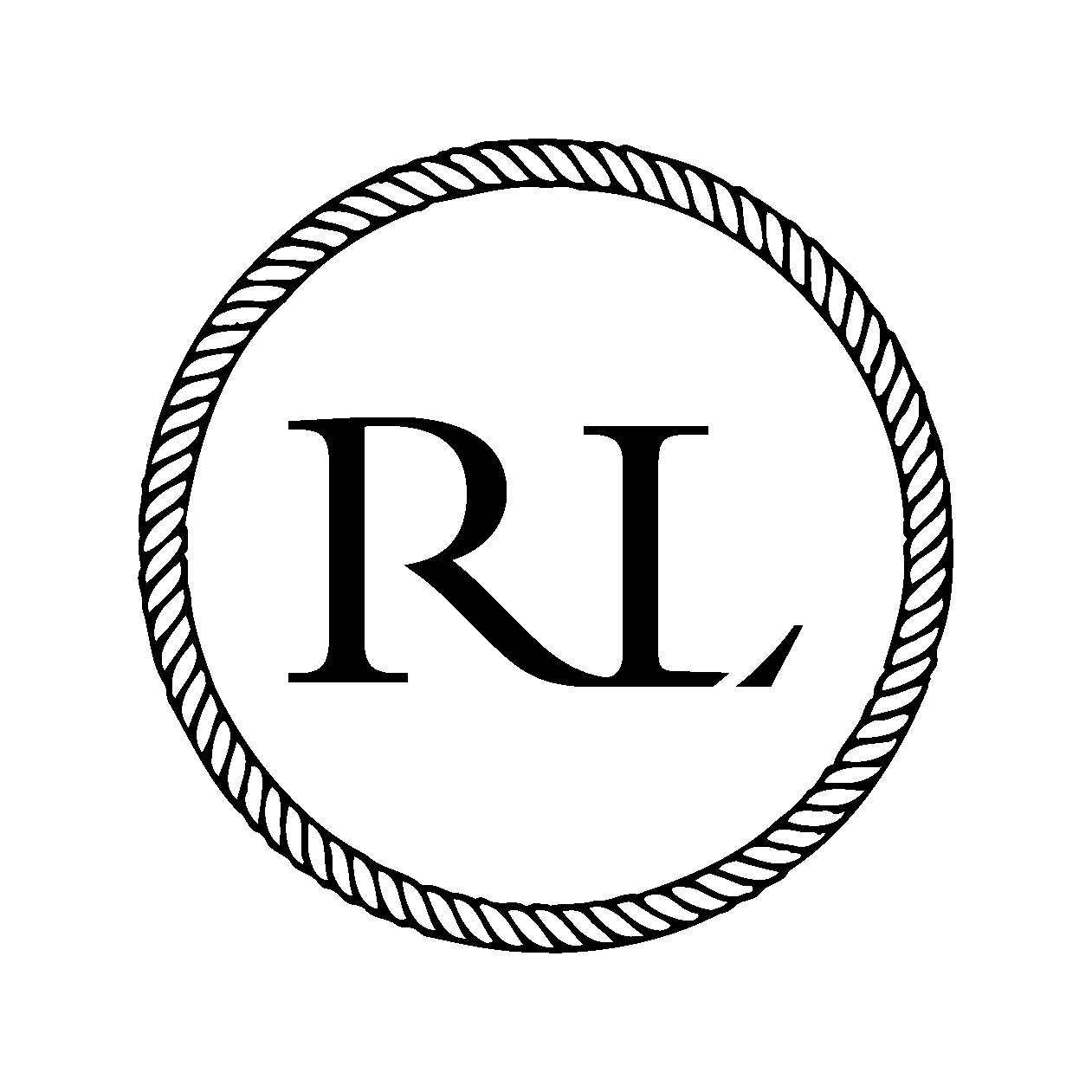Can a crooked nose be fixed?
A crooked nose is more common than you might think, coming in all shapes and degrees of deviation. For some, the curve or tilt is so slight it is barely noticeable; for others, it can be more obvious, affecting the harmony of their facial features.
While many view a crooked nose as purely a cosmetic concern, it can also come with functional issues like nasal blockages, snoring, or difficulty breathing owing to underlying structural problems.
In this guide, we will explore the common causes behind a crooked nose and walk you through the treatment options that can help restore both facial balance and proper nasal function.
What is a crooked nose?
A crooked nose is defined by a visible bend, twist, or misalignment in the nasal structure. Instead of running straight down the centre of the face from bridge to tip, the nose veers off to one side, giving it a slanted or uneven appearance.
Crooked noses generally fall into two main categories:
Structural crooked nose
This type is caused by irregularities in the bone, cartilage, or surrounding soft tissue, because of genetics, trauma, or previous nasal surgery.
Septal deviation
With septal deviation, the issue lies within the nasal septum, the internal wall that divides the two nostrils. When the septum is off-centre or crooked, it can affect both the shape of the nose and the ease of breathing.
Both types can range from mild to severe and may be present from birth or develop over time due to injury or other factors.

What causes a crooked nose?
Before exploring how to fix a crooked nose, it helps to understand what might be causing it in the first place. In most cases, a crooked appearance is the result of structural changes or damage that affects the alignment of the nasal bones, cartilage, or septum. Here are some of the most common causes:
Congenital conditions (birth defects)
Some people are simply born with a crooked nose due to irregular development of the nasal bone or cartilage. These natural variations can range from barely noticeable to more pronounced deviations.
Injuries and trauma
One of the leading causes of a crooked nose is physical trauma. A sports injury, fall, car accident, or any forceful impact can shift the nasal structure out of alignment. If a broken nose is not properly treated, it may heal in a misaligned position, leaving a lasting curve or bend.
Previous nasal surgery
While rhinoplasty and other nasal procedures are meant to improve appearance or function, surgical complications or suboptimal results can sometimes cause asymmetry or further deviation. In such cases, revision surgery may be needed to correct the issue.
Deviated septum
The septum is the internal wall that separates the left and right nasal passages. When it is off-centre, either from birth or due to injury, it can create the illusion of a crooked nose. A deviated septum can also impact breathing and may require surgical correction.
Complex structural deformities
In more severe cases, both external and internal nasal structures are affected. These situations often call for a more comprehensive surgical approach to restore both the appearance and proper function of the nose.

How a crooked nose affects you
A crooked nose can have more of an impact than many people realise, touching on not just appearance, but also physical comfort and emotional wellbeing. Here is how:
Aesthetic concerns
Facial symmetry is often associated with attractiveness and balance. When the nose is noticeably off-centre, it can draw attention away from other features and create a sense of visual imbalance. For some, this can become a persistent source of frustration or insecurity.
Breathing difficulties and functional issues
A crooked nose is not always just a cosmetic issue. If the underlying structures, such as the nasal septum, are misaligned, it can restrict airflow through one or both nostrils. This can lead to chronic nasal congestion, snoring, difficulty breathing through the nose, and even disrupted sleep.
Emotional and psychological impact
The way we feel about our appearance can deeply influence our confidence. For those who are self-conscious about a crooked nose, social situations, photos, or even looking in the mirror may cause discomfort or anxiety.
Surgery for a crooked nose
The right treatment depends on the severity of the deviation and whether the issue is purely cosmetic or also affects nasal function.
Rhinoplasty
Rhinoplasty, or nose reshaping surgery, is designed to improve both the look and function of the nose. Depending on your goals, it can be performed for cosmetic or medical reasons, or a combination of both.
- Cosmetic Rhinoplasty focuses on enhancing the visual symmetry and proportion of the nose. It can straighten, refine, or reshape nasal features to better suit your facial structure.
- Functional Rhinoplasty is done to correct structural issues that obstruct airflow, such as a severely crooked nasal passage. It is often paired with cosmetic goals to achieve both improved function and aesthetics.
During the procedure, a skilled surgeon can realign the nasal bones and cartilage to create a straighter profile while also opening the airways to support better breathing.
Septoplasty
If a deviated septum is the main cause behind the crooked appearance or breathing issues, your surgeon may recommend a septoplasty. This procedure focuses on correcting the position of the nasal septum, the wall that divides your nostrils.
By straightening the septum, a septoplasty can significantly improve airflow. While the primary goal is functional, it can also have a subtle effect on the nose’s outward appearance, especially if the deviation was contributing to visible asymmetry.

What to expect from surgery
If you decide to move forward with surgical correction, the process begins with a thorough consultation. You will meet with a qualified facial plastic surgeon or ENT specialist to assess your nose from both an aesthetic and functional perspective. This initial appointment typically includes:
- A comprehensive nasal examination.
- Functional airway testing to evaluate breathing.
- High-resolution photography or 3D imaging for planning.
- An in-depth discussion about your goals, expectations, and desired outcomes.
The surgery itself is usually performed under general anaesthesia. Depending on your specific needs, it may involve:
- Carefully breaking and resetting the nasal bones to correct alignment.
- Reshaping or repositioning cartilage.
- Using grafts (often from your own tissue) to support and maintain the new structure.
Recovery and results
Recovering from nose surgery is a gradual process but knowing what to expect can help you feel more prepared and at ease.
In the first couple of weeks, swelling and bruising, especially around the eyes and nose, are completely normal. Most patients feel ready to return to work, school, or light daily activities within 10 to 14 days, although full recovery will take longer.
While you will notice early improvements in the shape of your nose quickly, results can take up to a year to fully reveal themselves as internal swelling slowly subsides and the tissues settle into place.
If breathing was a concern, many people experience noticeable improvements within just a few weeks after surgery, and sometimes even sooner.
Book a consultation
If you are seeking expert care, Mr. Raj Lakhani at Rhinoplasty LDN is a leading specialist in London. With advanced specialised training and a strong background in evidence-based care, Mr. Lakhani is dedicated to delivering exceptional results.
To book a consultation, visit the Rhinoplasty LDN contact page and take the first step toward expert care.
